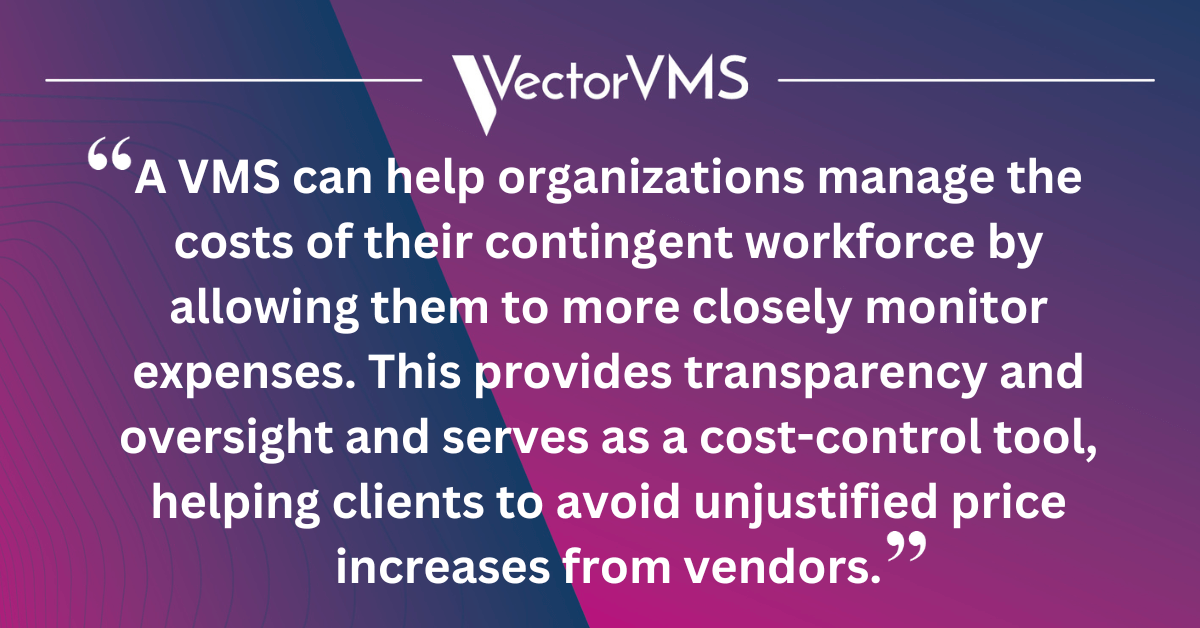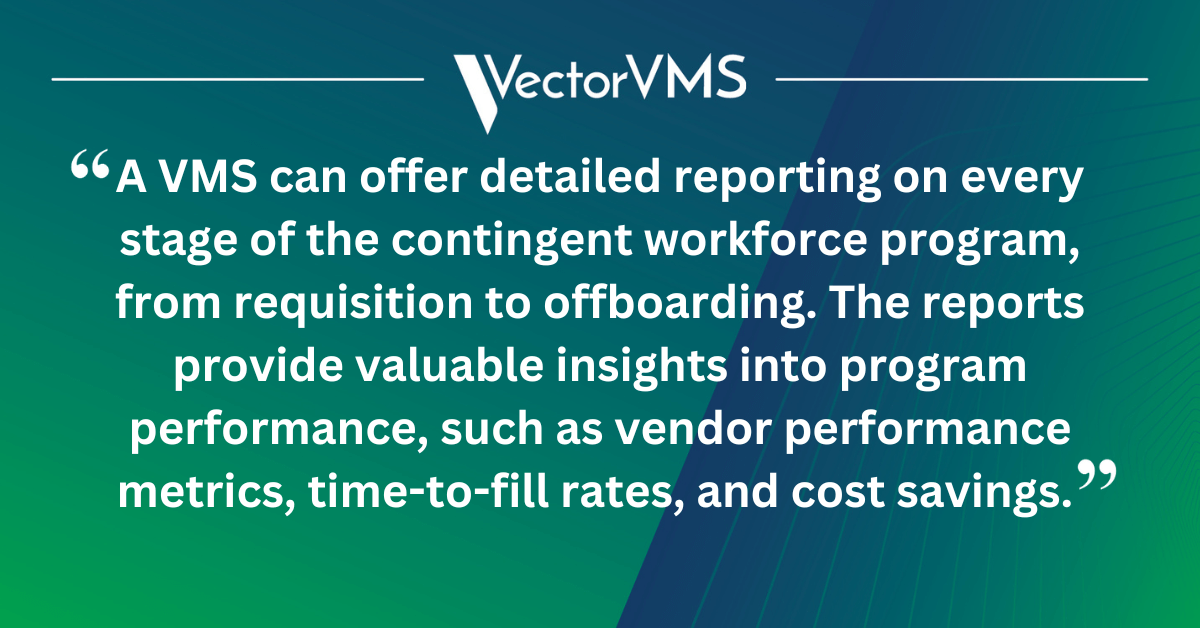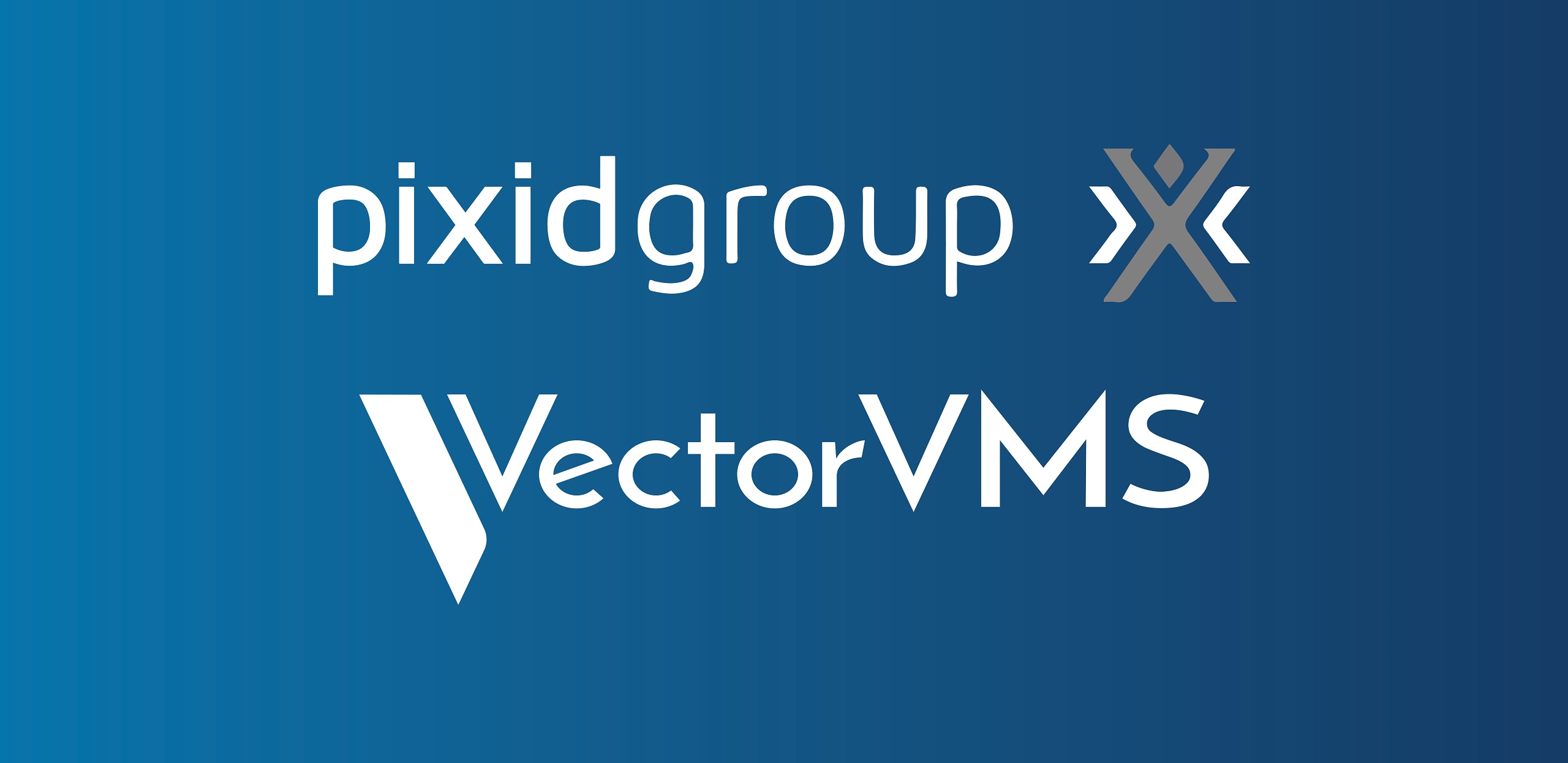As an ever-wider range of different industries increase the extent to which they rely on their contingent workforces, vendor management systems (VMSs) have become essential tools for companies looking to manage their programs efficiently and effectively. Nonetheless, despite its increased usage, some organizations have doubts about a VMS’s ability to manage the full complexity of their extended workforce due to common misunderstandings that have emerged around the industry.
It’s understandable to have doubts and questions before investing in any new technology that will change your current workflow. With the goal of putting an end to the most common VMS misconceptions, we’ve gathered together a group of seasoned professionals from VectorVMS to provide valuable insights and shed light on the truth.
Here’s what our team, from account managers to business directors, have to say:
Myth 1) “A VMS Is Too Costly”
From Karim Durham, Business Development Director:
Some clients worry that implementing a VMS will eventually be too expensive, as vendors may increase their prices to cover the costs. However, it’s worth noting that many clients pass on the cost of the VMS to their staffing vendors, who are often already familiar with participating in various programs that involve such costs. Because of this, a VMS can actually help control costs and ensure the transparency of contingent workforce-related expenses.
A VMS can help organizations manage the costs of their contingent workforce by allowing them to more closely monitor expenses. This provides transparency and oversight and serves as a cost-control tool, helping clients to avoid unjustified price increases from vendors.
HAND-PICKED FOR YOU | ‘3 Strategies for Maintaining Healthy Finances With Vendors in a Contingent Workforce Program’

Myth 2) “Integrating Contractors in a VMS Automatically Leads to Co-employment Risks”
From Taylor Ramchandani, VP of Strategy:
Using a vendor management system (VMS) to handle contractors employed by external organizations, such as staffing firms, won’t introduce additional risks compared to your current arrangement with the supplier. Instead, it helps reduce risk by providing improved transparency regarding the individuals currently engaged in your projects. The system also reduces risk by restricting open requisitions to approved vendors within your VMS, ensuring that they meet your regulatory prerequisites.
Myth 3) “A VMS Increases Time-to-Fill”
From Teresa Hodges Bryant, SMS Program Manager:
A VMS can actually speed up the time-to-fill for open positions. Vendors can quickly receive requisitions and submit candidates more efficiently through the VMS. Once a candidate is submitted, organizations can easily update or capture all required data such as documents or compliance requirements. This ensures a streamlined process and results in a smooth timely onboarding.
Myth 4) “A VMS Would Override the Organization’s Existing Procurement Process”
From Chris Tilley, Senior SMS Program Manager:
Leading VMS technologies are designed to be easy to configure and adapt to all types of workflow processes, including accommodating required approvals. A VMS can help avoid “rogue spend” scenarios (spending outside of the negotiated contracts with staffing suppliers) that you may not currently be aware of within your program.
YOU MAY ALSO FIND THIS USEFUL | ‘5 Success Parameters in Total Talent Management’
Myth 5) “Detailed Reporting Cannot Be Obtained From a VMS”
From Chris Tilley, Senior SMS Program Manager:
Leading VMS technologies have a comprehensive reporting system that uses numerous data points within the tool to provide full transparency into all aspects of the program.
A VMS can offer detailed reporting on every stage of the contingent workforce program, from requisition to offboarding. The reports provide valuable insights into program performance, such as vendor performance metrics, time-to-fill rates, and cost savings. Additionally, some VMS platforms can provide customizable dashboards that allow users to quickly access and visualize key program metrics, making it easy to identify areas for improvement.
MORE FROM THE BLOG | ‘6 Top Vendor Management KPIs You Need to Know’

Myth 6) “Adding a VMS Means Having to Re-enter Information From Other Systems”
From Chris Tilley, Senior SMS Program Manager:
Most organizations use multiple systems to manage their contingent workforce, such as Human Resource Information Systems (HRISs) or Applicant Tracking Systems (ATSs). Although it may seem redundant to use yet another program (i.e., a VMS) to enter the same information, a VMS can and should be integrated with existing systems. This means that as soon as data gets entered into one system, it will simultaneously be updated into the VMS, additionally funneling the process through a tool specifically designed to capture detailed metrics on the usage and spending of your program. There’ll be no need to use one system to request a contractor, then another to approve time for that contractor, etc.
Partnering With the Right VMS
In summary, a VMS can provide transparency, risk reduction, and process streamlining to an organization’s contingent workforce program. Once an organization dispels any misconceptions about VMS usage, they can begin searching for a VMS solution that meets their specific needs.
VectorVMS’s vendor management solution provides organizations with end-to-end visibility and control over their extended workforce program. We’re flexible enough to customize our solution according to your needs while still preserving flexibility and ease of use. Our VMS will undoubtedly disprove any of the myths mentioned above!
If you want to know more about how our solutions can fit your organization, we’re here to help! Contact us and learn more about VectorVMS technology today.
 Meet the Expert
Meet the Expert
Nikki Williams – Marketing Brand Manager
Nikki Williams is responsible for marketing strategy and implementation for VectorVMS. In her role, she helps contingent workforce professionals discover the value of a vendor management solutions through blogs, webinars, conferences, and more. Her goal is to ensure these professionals can quickly find answers to their questions about VMS technology. Nikki has more than 10 years of experience as a marketing professional for technology, including human resources technologies as well as leadership and organizational development services. Connect with her on LinkedIn.



